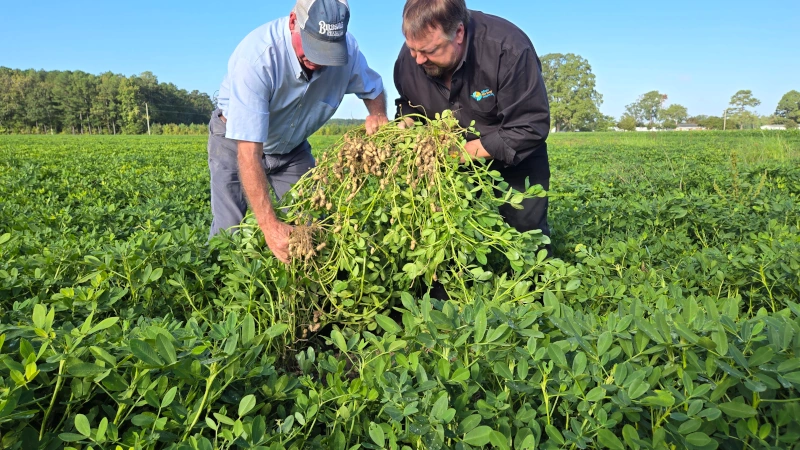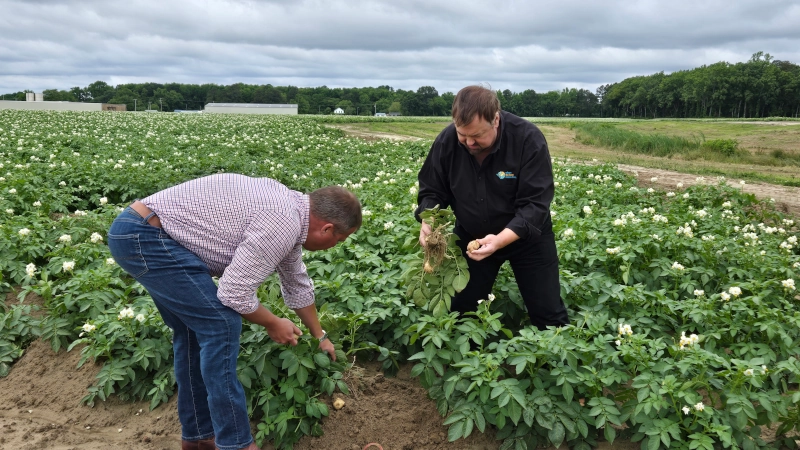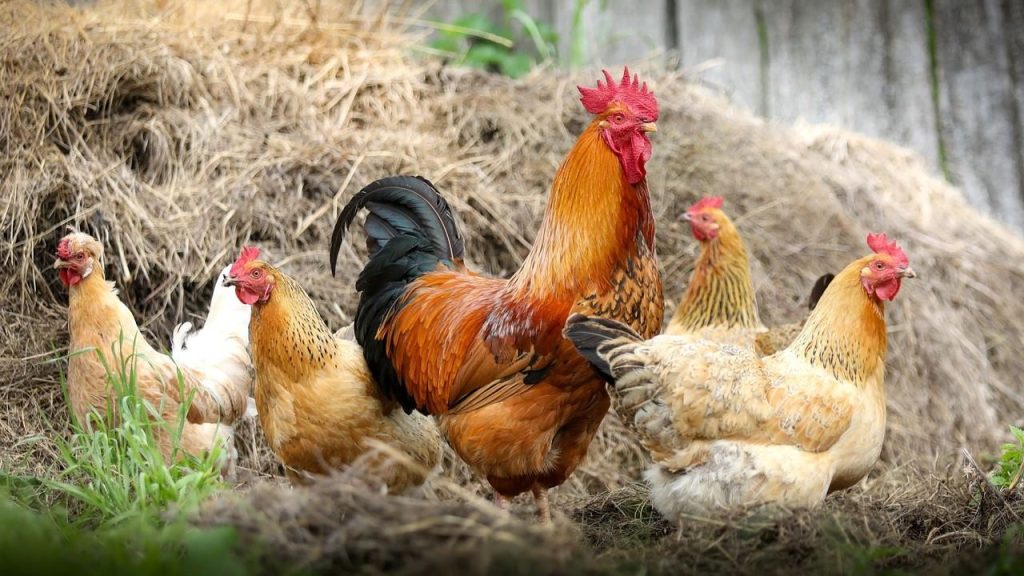Did you know bananas are about to disappear? That tomatoes are a berry? That strawberry seeds aren’t where you think they are? And oh, by the way, Winnie the Pooh had it all wrong: Bears don’t like honey at all (bee larva’s another story…).
Welcome to Where The Food Comes From! The show premiered on the RFD-TV Network in January 2022 and has since rolled up 65, 22-minute episodes from across the agricultural spectrum that are a perfect addition to your classroom. There are also 350 shorts filmed in the same locations on the same topics. They’re all collected together in one handy platform you can access from the NAITC matrix.

WTFCF travels the country visiting farms and following the food chain to introduce you to the people who feed us — then shows you how they do it, and tells you why they do it. Producer and Host Chip Carter is usually in a field somewhere with his nose in the dirt. But you’ll also find him at research labs, urban farms, packinghouses, ports and transportation hubs, henhouses, ranches, restaurants — anywhere there’s a story that touches our food chain.

“I tell people all the time: Agriculture happens everywhere, and we can’t separate ourselves from it,” Carter says. “Every second of every minute of every life is forever connected to the farm.”
WTFCF features shows about everything under the sun — fruit and veggies, meat, dairy, cheese, eggs, seafood, bees, research, regulations, food safety, transportation and logistics. The goal is to connect the dots and make it easier for people to look beyond just the farm and see the big picture of agriculture. The show itself is best-suited to Grades 6 and up; the shorts are suitable for a wide range of audiences and more are released every week.

Up next for the WTFCF team? An out-of-this-world farming adventure — literally. In partnership with NASA, Carter and crew are currently filming a series of episodes about how we’re going to grow food in space aboard the International Space Station and, soon, on the Lunar Colony!
Here’s a close-up look at four Where The Food Comes From episodes for the month of August. We’ll have a new spotlight every month for NAITC!
Season 3, Ep 5 — A Real Family Farm
https://wherethefoodcomesfrom.com/episode-main/a-real-family-farm/
We hear a lot about the decline of the true family farm these days — it’s become a world of specialization and big agriculture. Even though most of those companies are still family owned, they’re not exactly the picture we have in our minds. Meet the Gibbs Family. They live somewhere in central Georgia (even the GPS isn’t quite sure) and together grow peas, beans, watermelons, flowers, and even have 300 head of cattle and their own store! Mom and Dad Brooks and Eric make sure their kids understand the value of hard work. The teenage girls, EllaGrace and LizzyRae, manage the cattle by themselves. And even 9-year-old Cotton Davis gives up morning cartoons to report to the barn by 7 a.m. and start the variety of jobs he has daily. It’s a refreshing look at the way America used to be — and the way parts of it still are today, whether people talk much about it or not.
Season 5, Ep 13 — Urban Opportunity
https://wherethefoodcomesfrom.com/episode-main/urban-opportunity/
We tell you all the time, farming’s not just happening in the country. Now we’ll take you to Virginia State University, one of the nation’s oldest HBCUs, for a look at a program that’s bringing the farm to urban areas everywhere. Alumni Tyrone Cherry is the executive director of Petersburg is Growing and founder of Petersburg Oasis Youth Farm, which he operates in a partnership with the university. Kids get a chance to go hands-on and see what farming’s all about. Entrepreneurs have an opportunity to launch their own ag-businesses onsite. And the whole community benefits from the food grown there — including a mobile pantry that delivers to those most in-need.
Season 5, Ep 3 — Bye Bye Bananas
https://wherethefoodcomesfrom.com/episode-main/bye-bye-bananas/
A couple of things you don’t know about bananas: Number 1, you’re opening ’em all wrong. Watch monkeys and you’ll see they start at what we’d call the bottom. Peeled that way, you have a nice little handle and none of those nasty strings. Number 2, in less than 10 years, they’ll all be gone. A fungus has spread like wildfire around the world for 20 years now, and the clock is ticking fast. No more banana splits, no more smoothies… just, bye bye bananas. Unless…
https://wherethefoodcomesfrom.com/episode-main/gouda-nuff/
Who doesn’t love cheese? But what kind of cheese is your favorite? Now that’s a hard call. So we headed for Wisconsin to see how the masters do it. We went with our heads full of visions of cheddar and colby — and came away amazed instead by the fact that the world’s best cheese might be something that’s “Gouda Nuff” to share with everybody. Marieke Penterman grew up in Holland and was dairy farming with her husband there. They wanted to grow — wide-open Wisconsin seemed the natural choice.But Marieke soon got homesick for her favorite Dutch classic. She certainly had the raw materials. There was one small problem: She didn’t know how to make cheese. She went all in and launched Marieke Gouda — and now she’s become just the fourth female Master Cheesemaker in Wisconsin’s storied history. Of course our host Chip Carter rolled up his sleeves and went to work right alongside her and the crew. He picked up a few pointers along the way — not to mention a style tip: No spoilers, but be sure to keep watching this one after the credits!

